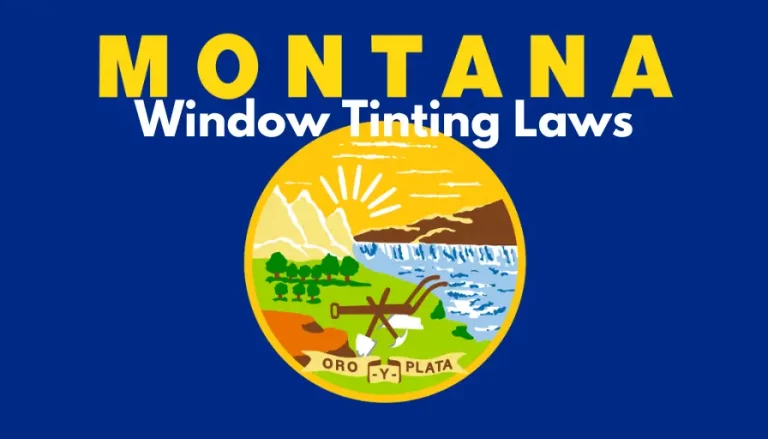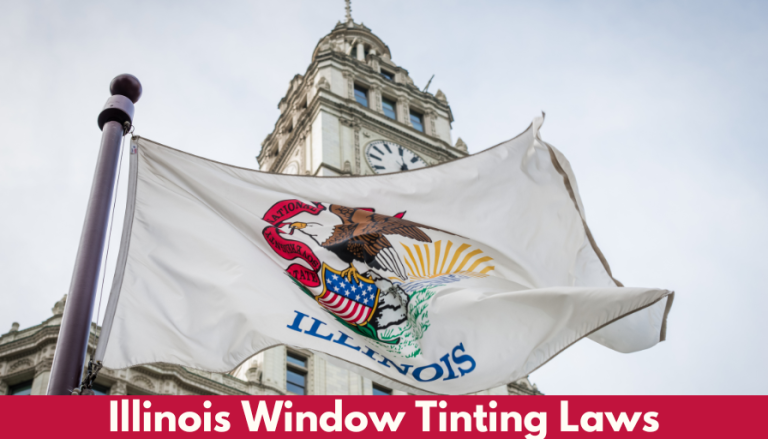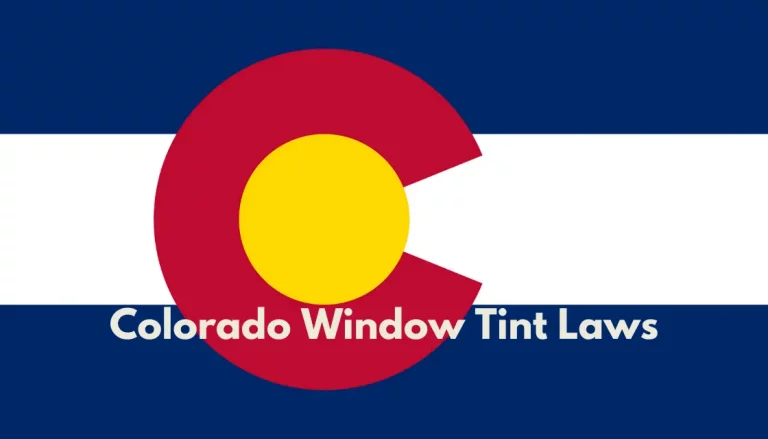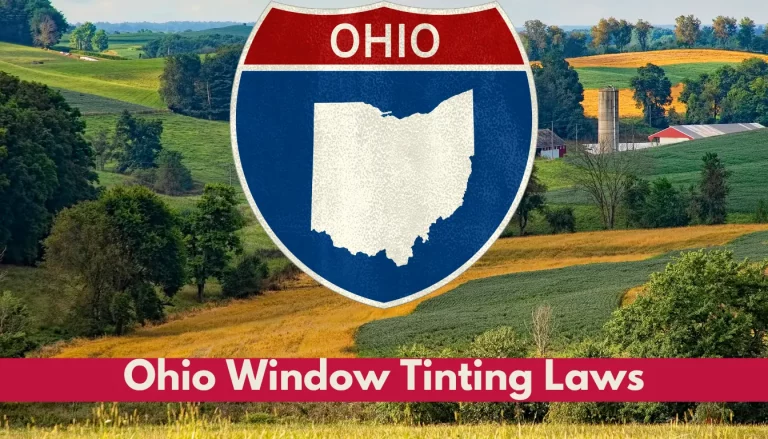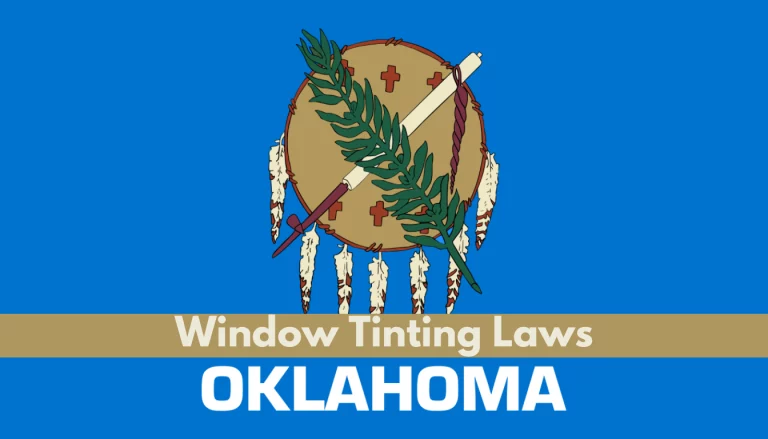Arizona Window Tint Rules: Darkness & Safety Guide
If you’re cruising through the Grand Canyon State, you’ll want to know about Arizona’s window tinting laws to avoid any unwelcome surprises. I’ve navigated the ins and outs of these regulations to ensure your ride is not just cool but also compliant.
Arizona’s intense sunshine means window tinting isn’t just about style; it’s a necessity for comfort and protection. But before you tint, understanding the legal limits is key. I’ll guide you through the specifics so you can keep your car’s tint within the law and the desert glare out.
Staying informed about Arizona’s window tinting laws is crucial, especially with the rules varying by window location. Stick with me, and I’ll make sure you’ve got all the information you need to tint smart and drive safe in the sunny state of Arizona.
Why Window Tinting Laws Matter in Arizona
In Arizona, understanding window tinting laws isn’t just about avoiding fines; it’s crucial for my safety and health. Arizona’s UV radiation levels are among the highest nationwide, exposing drivers to potential skin damage. By complying with the tinting laws, I’m also ensuring my protection from harmful UV rays.
Maintaining clear visibility is another reason while the state’s regulations are significant. Overly tinted windows can impede a driver’s ability to see road hazards, especially during the low light conditions of dawn and dusk. It’s a delicate balance between reducing glare and maintaining enough transparency to navigate roads safely which is why the laws are tailored to meet these needs.
Arizona window tinting laws also have a role in law enforcement. The regulations support police visibility into vehicles, which is essential for the safety of both officers and the public. Officers need to see inside vehicles during traffic stops for their own protection, and the set limits on tint darkness are there to aid this essential aspect of their work.
Vehicle theft rates can be influenced by window tinting as well. Thieves often target vehicles where they can easily spot valuables inside. The right amount of tint can keep prying eyes at bay, adding a layer of security to my car. While I value privacy, it’s important these privacy measures adhere to legal standards for everyone’s benefit.
It’s not all about regulation and enforcement, though. Respecting Arizona’s tint laws also means maintaining the aesthetic and integrity of neighborhoods. A vehicle with illegal tint can stick out and detract from the visual harmony of an area. People choose to live in Arizona for its beauty, and preserving this charm includes sticking to aesthetic standards including those for vehicles.
Lastly, the resale value of my car can be affected by improper window tinting. Adhering to state laws means I won’t have to remove or replace the tint when it’s time to sell, which can save precious time and money.
Understanding the Legal Limits

When it comes to Arizona window tinting, knowing the legal thresholds is crucial for compliance and safety. The state’s regulations are specific about how dark or reflective your window tint can be, and these laws are enforced with your well-being in mind.
Arizona law permits non-reflective tints on the top 6 inches of the windshield. Front side windows must allow more than 33% of light in, ensuring drivers have sufficient visibility. Simultaneously, the back side and rear windows can have any darkness of tint, affording privacy and protection from the glaring sun.
However, it’s not just about the level of darkness. Reflectivity is also regulated, with the front side windows not allowed to be more than 35% reflective. The intention here is to prevent the tint from causing a distraction to other drivers by reflecting the sun or headlights too intensely.
Here’s a quick rundown of the tinting percentages allowed in Arizona:
| Window Position | Tint Darkness | Reflectivity |
|---|---|---|
| Windshield | Top 6 inches | Non-reflective |
| Front Side Windows | More than 33% | Up to 35% |
| Back Side Windows | Any darkness | Not specified |
| Rear Window | Any darkness | Not specified |
Vehicles with tinted windows also may be required to have dual side mirrors. This addition is essential for maintaining visibility when the rear windows are significantly darkened.
Understanding these rules helps me to make informed decisions about my vehicle’s window tinting. By staying within legal limits, I ensure that my car not only looks good but also meets safety standards, prevents potential fines, and keeps Arizona roads safe for everyone.
Handling compliance correctly means being aware that regulations can differ for different types of vehicles. For example, multi-purpose vehicles may have separate allowances. Checking with local authorities or a professional window tinting service can clarify any uncertainties and guarantee that your vehicle adheres to all applicable laws.
Window Tinting Laws for Front Side Windows
When it comes to front-side windows, Arizona’s window tinting laws have become more specific. It’s crucial for drivers like me to understand these regulations to avoid penalties and guarantee that the vehicle is legally outfitted. The state laws permit non-reflective tints on the top 6 inches of the windshield. For the front side windows, however, the rules are different.
The legal limit for the tint’s darkness on the front side windows in Arizona is a minimum of 33% Visible Light Transmission (VLT). This means that at least 33% of visible light must pass through the tinting film and the window. Anything less than this can lead to legal issues and possibly impede my ability to see clearly while driving.
Key Requirements for Front Side Windows Tinting:
- Minimum of 33% VLT
- Non-reflective tint is allowed above the manufacturer’s AS-1 line on the windshield.
To ensure I’m within these limits, I might consider consulting with a professional window tint installer experienced in Arizona regulations. They can provide the accurate VLT level for the film used and ensure that the installation meets legal requirements.
It’s important to note that for front-side windows, the law also regulates reflectivity. The front side windows are not allowed to be more reflective than a standard window, which typically aligns with the reflectivity of the glass already installed in most vehicles. Tint materials that give a mirror-like finish are not permissible on these windows in Arizona.
Staying informed about updates to these laws is also crucial for any vehicle owner in Arizona. The state revises regulations periodically, and it’s my responsibility to keep my vehicle compliant at all times. It’s not just about avoiding fines—it’s about ensuring maximum safety and visibility for myself and for others on the road.
Window Tinting Laws for Rear Side Windows
Navigating through Arizona’s window tinting regulations, we’ll now delve into the laws for rear-side windows. It’s vital to understand these specifics, as they do vary from the requirements for front-side windows.
Arizona permits a darker tint on the rear side windows than on the front. This is fairly common in several states, as it helps to enhance privacy and reduce interior heat. In Arizona, you can have a VLT of as low as 10% on your rear side windows, which means these windows can be quite dark. Yet, it’s essential to balance this with safety considerations, particularly regarding visibility at night.
While the state is lenient on the level of darkness allowed, it maintains a strict stance on reflectivity. Just like the front side windows, reflective tint is prohibited on the rear windows. Reflective materials can create glare that is not just a nuisance but can be hazardous for other drivers, potentially leading to accidents.
To double-check your vehicle’s compliance, consider getting a tint meter test from a professional window tinting service. Some key points to remember regarding the law include:
- No restrictions on the darkness of the rear side windows, but they must not have a reflective finish.
- Ensure tint materials do not obstruct or distort the driver’s view.
- Stay informed on any exemptions which might apply, such as for medical reasons.
For drivers who require a darker tint due to medical conditions, Arizona does account for this. You would need to obtain a note from a licensed physician or optometrist in Arizona to present to law enforcement if necessary.
It’s also worth noting that laws can be subject to change. Therefore, it’s my responsibility to be proactive and check periodically for any amendments to the window tinting regulations. This ensures that I’m always driving legally and, most importantly, safely. Working in concert with a reputable installer can be a helpful way to stay up to date on any changes.
By adhering to these guidelines, you’ll contribute to safer roads and avoid any potential fines. Always opt for high-quality tint to ensure longevity and performance—after all, I’m all about making smart choices for my vehicle that stand the test of time and law.
Window Tinting Laws for Rear Windshields

When I consider the regulations for the rear windshield in Arizona, it’s apparent that the state allows for more flexibility in tint darkness. Contrary to the front side windows, the law states that any darkness can be used for the rear windshield. This means that drivers can opt for a darker tint, enhancing privacy and protection from the sun.
Yet, it’s vital to remember that the rear windshield is a key component for visibility, especially when reversing or checking for vehicles in the blind spot. Although darker tints can be installed, it’s essential that I stress the significance of maintaining the ability to see clearly at all times. Safety should always take precedent over aesthetics, and I recommend choosing a tint darkness that doesn’t compromise your ability to drive safely.
While the luxury of darker tints might be tempting, I want to remind drivers that mirror-like or reflective tints are not permitted on the rear windshield. Keeping in mind that the purpose of these regulations is to ensure the safety of everyone on the road, reflective surfaces might impede other drivers’ vision and lead to hazardous situations.
In addition to these restrictions, it’s also important to note the legal necessity for dual-side mirrors if the rear window is tinted. This regulation is set to ensure that driver visibility is not significantly impaired. If you’re considering a darker tint for your rear windshield, make sure your vehicle is equipped with side mirrors on both sides.
For those with medical conditions requiring protection from direct sunlight, similar exemptions that apply to front-side windows are also extended to the rear windshield. With the appropriate documentation, such as a note from a licensed physician or optometrist in Arizona, individuals can legally have tints that might otherwise not comply with standard regulations.
Remember to keep up-to-date with any changes in law and always consult with professionals when choosing window tints for your vehicle. The right installer will not only help adhere to legal standards but also ensure that your vehicle’s window tints uphold the maximum level of safety and functionality.
Conclusion
Staying on top of Arizona’s window tinting laws is essential for any driver looking to customize their vehicle. It’s not just about achieving the look you want—it’s about adhering to regulations and ensuring your safety on the road. Remember that while you can go dark on the rear windows, front side windows have stricter requirements. And if you’ve got a medical condition that necessitates a specific tint, make sure you’ve got the documentation to back it up. Always consult with professionals when tinting your windows; they’ll help you stay within legal bounds and keep you looking sharp on Arizona’s sunny roads. Keep an eye out for any changes in the law and drive confidently knowing you’re in the clear.
Frequently Asked Questions
What are the legal limits for window tint darkness in Arizona?
In Arizona, the legal limit for window tint darkness on the front side windows must allow more than 33% of light in. Rear side windows can have a darker tint, and the rear windshield can have any darkness.
Can I use reflective tint on my vehicle in Arizona?
Reflective tint on any windows of a vehicle is prohibited in Arizona to ensure driving safety and compliance with state laws.
Are there any exceptions for darker window tints due to medical conditions in Arizona?
Yes, individuals with certain medical conditions can get a note from a licensed physician or optometrist in Arizona to present to law enforcement, permitting darker window tints.
Is it important to consider visibility at night when choosing window tint darkness?
Yes, it is crucial to balance tint darkness with safety considerations, particularly regarding night-time visibility, to ensure safe driving under all conditions.
How can I stay updated on amendments to window tinting regulations in Arizona?
To stay informed about any changes to window tinting laws, regularly check the Arizona Department of Transportation website or consult with a professional window tint installer.


